What makes a space liminal? Merriam-Webster defines ‘liminal’ as relating to, or being, an intermediate state, phase, or condition. Metaphorically speaking, a liminal space is anything that evokes or calls to mind the sense of being upon a threshold, an in-between state. Think of the indeterminate colour-grading of twilight: the time of evening where the sun has set but it is not yet dark. Think also of T.S. Eliot’s image in the poem, Little Gidding (1942), of a space ‘in the stillness between two waves of the sea’. According to Kristen Mcquinn’s study of liminality in the fantasy genre:
‘Liminal space ‘is an in-between place, whether physical or metaphorical. Deriving from the Latin term limen, or threshold, liminal spaces are transformative or transitional, serving as places where one waits between one point and the next.’1
Liminal spaces are often eerie and otherworldly, lacking essential or ‘normal’ characteristics that we would expect them to have. A road without cars; an office floor without people. A hotel lobby or hallway at 3am. We find comfort in these spaces, but in our comfort we are also reminded of the strangeness of conscious experience, and for many this strangeness gives rise to dissociation and an unraveling of our tethers to normal life.
Liminal Spaces in RPG’s
The essence of liminal space as a waypoint or resting place is captured in certain role-playing games, such as the Bonfires in Dark Souls, or the Sites of Grace in Elden Ring. These spaces provide a place to dwell amidst the uncertainty and danger of the world, where players can recover health and plan the journey ahead. These sites also act as respawn points, heightening the sense of relief that a player feels when they are encountered, especially if close to death. In the chaos and battleground of these worlds, where chance encounters in the wild often lead to conflict and bloodshed, each resting-place that is chanced upon is savoured.

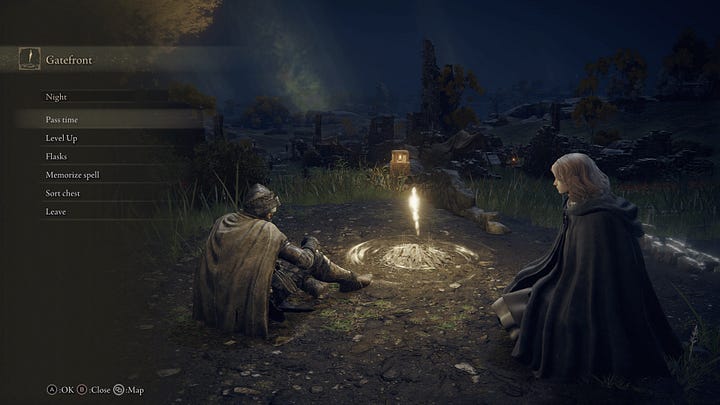
Hideo Kojima’s recent project, Death Stranding 2: On the Beach, with its long travel sequences and its emphasis on journeying between locations, is a choice example of the liminal in the modern game. The often arid and sparse outback landscapes of post-apocalyptic Australia are explored by a delivery man, Sam Porter, mostly on foot. Players often report a deep emotional response when simply walking over mountain ranges or across the dunes of the Continent’s red desert, with the sonorous tones of Woodkid and Ludvig Forssell’s ambient soundtrack playing in the background. The journey between missions is just as vital to the player’s experience as the main story.
Because liminal spaces are a way-point between two locations or states of being, they can also give rise to inner conflict and cognitive dissonance: when the mind must wrestle with itself over two outcomes or desires that it is confronted with. Mcquinn aptly points to Bilbo’s inner turmoil in the first stage of The Hobbit, where he is presented with the choice between staying in the Shire in comfort, or to join the dwarves and Gandalf on a great adventure. Sitting by the fire, alone, Bilbo must decide whether he will stay in comfort or venture out into daring and chance, an inner conflict that is the result of ‘his desire to be in two places at once’:2
[…] something Tookish woke up inside him, and he wished to go and see the great mountains, and hear the pine-trees and the waterfalls, and explore the caves, and wear a sword instead of a walking-stick. […] Suddenly in the wood beyond The Water a flame leapt up ⎼ probably somebody lighting a wood-fire ⎼ and he thought of plundering dragons settling on his quiet Hill and kindling it all to flames. He shuddered; and very quickly he was plain Mr Baggins of Bag-End, Under-Hill, again.
Ultimate, as Mcquinn argues, it is in these liminal tension-points, the moments where we find ourselves before the threshold of decision and action, that our character and future are decided. In saying this, there is also another dimension to liminal spaces: the recovery of childhood.
The Loss of Childhood?
Why does an open field at twilight make me sad? Because I am homesick for a life I can never return to. I will never be that young again. I will never again know the innocence of experiencing life in a state of free-causality, of being neither here nor there, of being undetermined. Liminal spaces hearken back to a time when we did not have firm beliefs, moral systems, or political identities. The nostalgia-core of TikTok and Instagram, in which blurry and eerie images from the 90s or early 2000s are shown in quick succession (sometimes overlaid with the sound of children laughing), can be summed up in the following phrase: we want to go back, but we never can.
The deep sense of loss that many report when viewing nostalgia-core content, or when inhabiting a liminal space, comes from the recognition that this previous state of being is irrecoverable, only to be recalled briefly in passing moments. The rustle of fallen leaves in the wind can bring back childhood memories, but it cannot return the forest itself. Like Jay Gatsby, we can reach out our hands to the green light across the water, but the totality of its light will always elude us.
This is why seeing images of empty landscapes in SpongeBob or other childhood television series feels like a gut punch. These are remnants of lost childhood spaces, and they represent far more than fond memories of a TV show. There is often the resulting thought: why didn’t I savour this time as I should have? This is a universal question and yet its effect is deeply personal. Why did I let this go? Why didn’t I make it last?
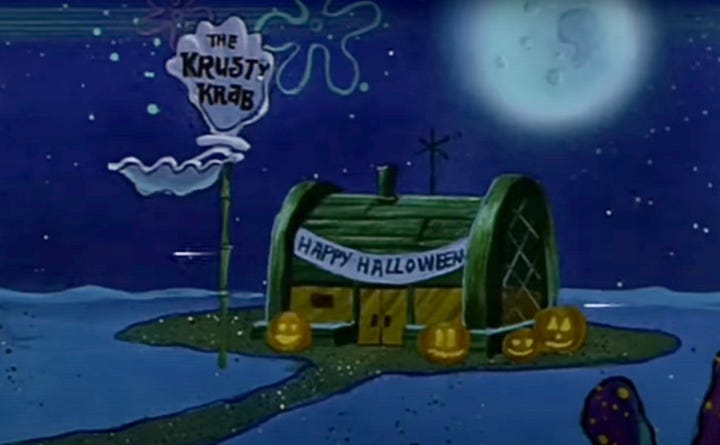

Freedom in Liminality
In liminal space there is not only loss, but freedom also. According to Victor Turner, ‘Liminality is full of potency and potentiality […] Since liminal time is not controlled by the clock it is a time of enchantment when anything might, even should, happen.’3 This implies great freedom to project whatever it is that one may be feeling into this space. But for many of us, that is not quite the appeal. We do not become entranced by these spaces because we are able to add our own ideas onto them, in the same way that an artist will think of various ways to fill the a blank canvas with colour. No, it is more a sigh of relief—ah! I have finally found a space amidst all these other spaces in modern life that is not trying to sell me something or convince me of anything. Here, I can simply be, finding rest between assignments, projects, meetings and expectations.
In the liminal space we can rest from the expectation of outcome, of the need to cross any arbitrary finish lines we construct for ourselves. It is enough simply to inhabit the space. In the stillness of the liminal I feel relieved, momentarily, even of the prison of belief! Freed from the expectation of holding a list of correct mental impressions in my head at any given moment; the burden of having a take on every event or policy. In this way, I do not feel free to create, but rather I free from the burden of creation itself. Like Sylvia Plath’s fig tree analogy, the moment we human beings have infinite possibility before us, the paralysis of choice tends to get in the way of our accomplishing anything worthwhile. In this space we aside choice and belief (though only briefly). Perhaps the liminal is the last of honest spaces for the atomised modern mind, a mind that would rather not believe in anything or anyone.
It is Perilous to Linger
Liminal spaces are waiting rooms for the psyche, pit stops for the soul. To stop by them is necessary, but to linger past welcome is perilous. It is the difference between rest and idleness. Ultimately, as in Robert Frost’s poem, Stopping by Woods on a Snow Evening, we recognise that ‘The woods are lovely, dark and deep,’ and that there is great cause ‘To watch [the] woods fill up with snow.’ But Frost also acknowledges by poem’s end that ‘I have promises to keep, / And miles to go before I sleep’, and must continue on in the world of circumstances.
Some of us look forward to an afterlife where all of this lost being will be fully recovered and transfigured, an Elysium where all liminal states will reach their fulfilment. In many ways I think this must be the hope of younger people, however unconsciously it may be held. A generation that is obsessed with going back to simpler times, with recovering the innocence of childhood, must find strength in the hope that one day this original state will be recovered, and that we will once again view life and experience with the old eyes that were lost.
Sources:
Kristen Mcquinn’s journal article, ‘Not at Home: Liminal Space and Personal Identity in The Hobbit and Coraline’, 2020, in the Journal of the Tolkien Society. Page 14. JSTOR.
J.R.R. Tolkien, The Hobbit (1937), as quoted in Kristen Mcquinn’s journal article, ‘Not at Home: Liminal Space and Personal Identity in The Hobbit and Coraline’, 2020, in the Journal of the Tolkien Society. Page 14. JSTOR.
Victor Turner’s journal article, “Frame, Flow and Reflection: Ritual and Drama as Public Liminality’, 1979. Pages 465, 466. JSTOR.

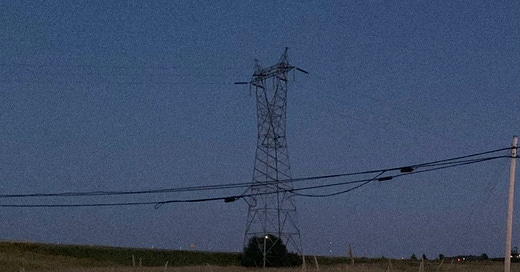





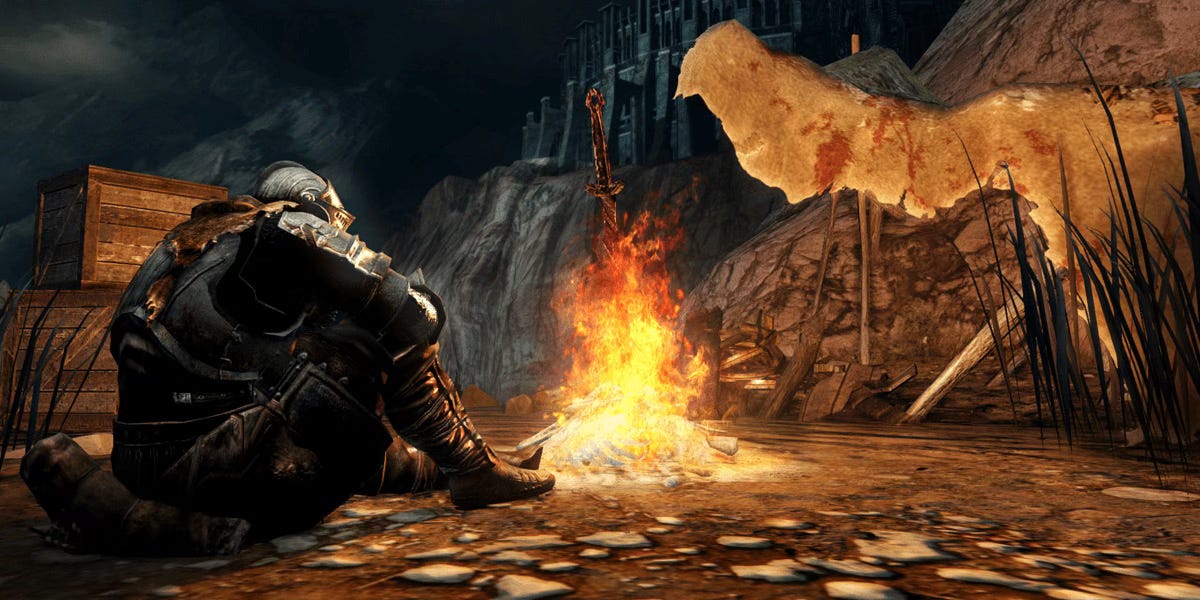


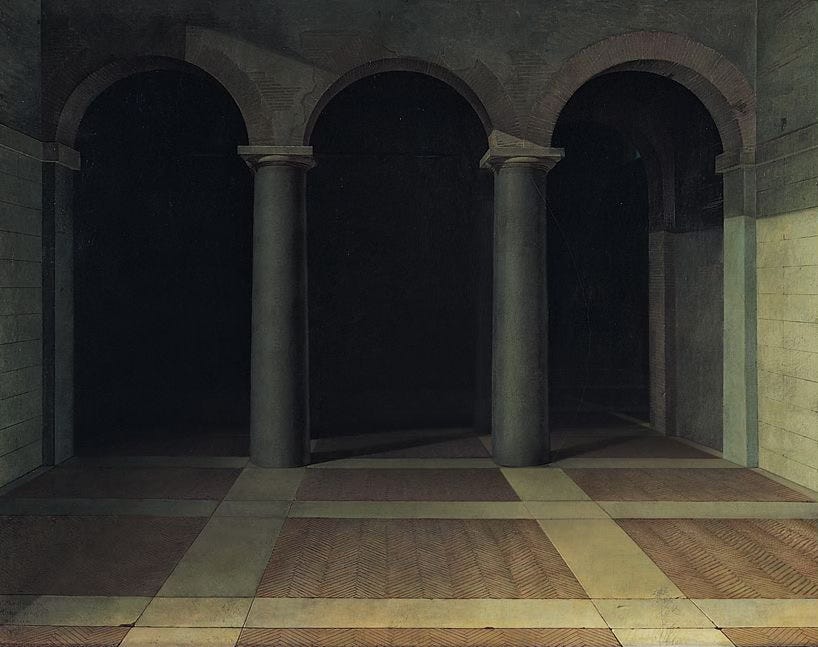
Sunday morning at 8:45 am. I had just fed the cat, served myself breakfast, and was about to look out the window at my empty green lawn backended by a dozen old and tall white pines when I saw the this odd and almost silly title - "Why Does an Open Field Make Me Sad?" I could easily have moved on to the next email, but I didn't, and I began to read and I read the essay to the end, before looking out the window again and seeing my daily open field, which sometimes also makes me sad. The world is full of empty spaces, but then we have to return to where we are since we have promises to keep.
I find liminal spaces always encourage me to think of how I'd fill them up, furnish them or make them not so liminal. Encourage creativity in a weird way. Love this piece! :)